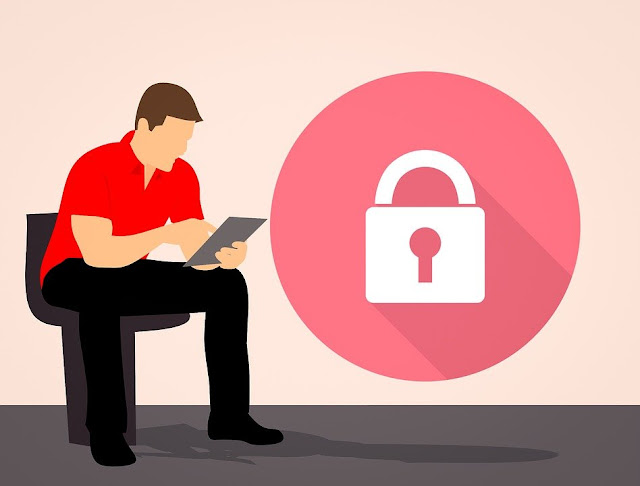How to Keep Your Remote Workers Safe When It Comes to Endpoint Security

With a new year comes a time for reflection on the past and planning for the future. While managers are going through their to-do lists, one of the most important tasks is making sure that your employees are as productive as possible. This means incorporating tools such as BYOD (bring your own device) and telecommuting so teams can communicate more easily across multiple locations. But this also requires developing security policies so you can protect your company's assets while allowing access to those who need it - which may be difficult when those assets include sensitive business data and information stored in various cloud accounts and on devices dispersed throughout various physical locations.
One of the biggest areas of concern is endpoint security:
- what programs do we allow our remote workers to install on their devices?
- How can we keep them safe when it comes to endpoint security?
Endpoint security, also known as system security, computer protection, and network protection, is the term for protecting computers and networks from attack. It's essentially a collection of tools that allow you to protect IP (https://www.allblogthings.com/2021/04/how-to-hide-your-ip-address-3-easy-free.html), monitor your system or computer for suspicious activity. These programs are typically part of larger software suites that include protections against viruses, spam email, malware, and other online threats.
Unfortunately, these suites are just as vulnerable as any other program because they're made up of code written by humans, which means they can be exploited like any other piece of software if an attacker finds a way in. However, simply having the suite installed doesn't guarantee its effectiveness; systems still need to be configured to take advantage of the protection tools so they're not vulnerable.
The first step is assessing your current endpoint security. This can be done by asking yourself a few simple questions:
Are my employees installing programs that I'm unaware of? How do I know if someone has installed something suspicious or unauthorized on their system?
What are my current risks? What threats am I currently facing, and how will these threats impact me in the next year (or even tomorrow)?
Do we have the right protections in place for our mobile workforce? Are we aware of all the devices accessing our network - both inside and outside the office - and what types of protection are needed at each location. Germany vs UK, Sweden vs France (https://vpntesting.com/best-vpn/france), Poland vs Finland, etc. Check out jurisdictional laws before implementing proper training.
Once you've answered these questions, it's time to set policies that will ensure your employees follow best practices when it comes to endpoint security.
The first step is to make sure all end users are aware of the importance of protecting their devices. This includes installing software updates, not clicking on suspicious links or attachments in emails, staying away from questionable websites, and not downloading programs they don't recognize (or even ones they do). Make sure you communicate this information through training sessions, posters in common areas like break rooms, and printouts for each employee's desk. Then revisit the topic every six months just to be safe.
Once you've established let employees know what type of behaviour is expected of them, you need to build a list of approved apps that can be installed on company systems. This includes what types of programs are allowed and not allowed, as well as the software's purpose. Then develop a process for employees to follow when installing a new app. The best way to do this is by using a mobile device management (MDM) system that lets employees install anything they want without much oversight from IT. For example, your team might see an icon for Microsoft Word in their list of apps to choose from, but can only actually use Microsoft Office if you've installed it manually through the IT department.
These apps should be evaluated periodically for risks and compliance issues as well as updated or removed as needed to ensure they don't pose any problems down the road.
